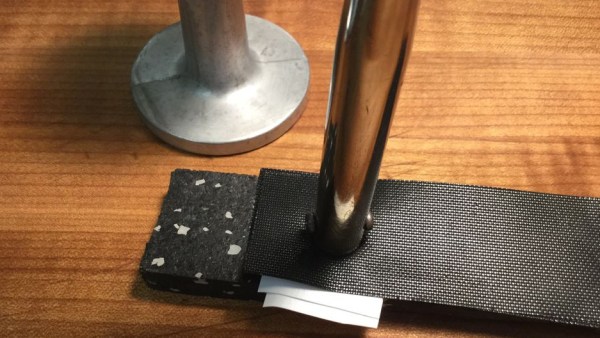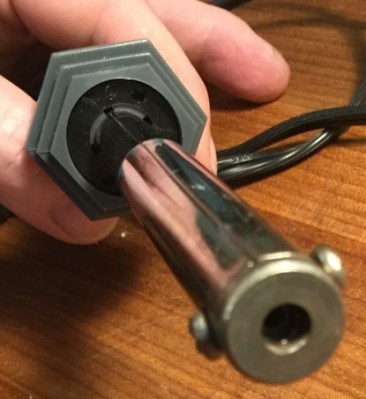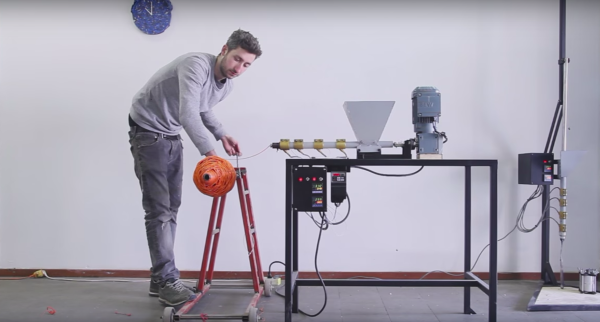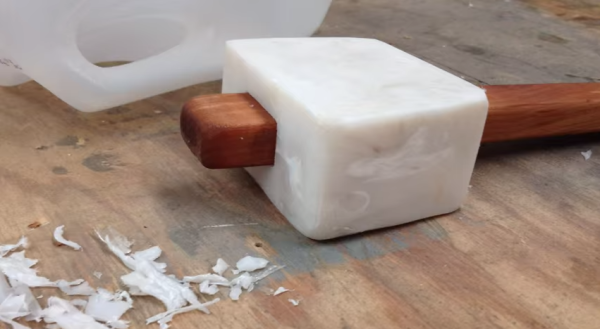Plastic recycling is something that many of us strive to accomplish, but we often get caught up in the many hurdles along the way. [Brothers Make] are experienced in the world of plastic recycling and graced us with a look into a simple and reliable way to get consistent thin sheets of durable plastic. Using a common T-shirt press and a mixture of plastic scraps, you can get the process down quickly.
Summarizing the process is pretty easy due to its simplicity. You take a T-shirt press, put some Teflon baking sheets on both sides of some plastic scraps, and then press. Repeating this a couple of times with different colored plastic will get you a nice looking sheet of usable sheets for any purpose you could dream of. Thicker pieces can have some life changing applications, or as simple as guitar picks, as shown by [Brothers Make].
Make sure to try out this technique yourself if you have access to a press! Overuse of plastic is a widely known issue, and yet it feels like almost no one attempts to solve it. If you want a different kind of application, try making your own 3D printing filament out of recycled plastic!
Continue reading “Artsy And Durable Recycling From A Heat Press”


















